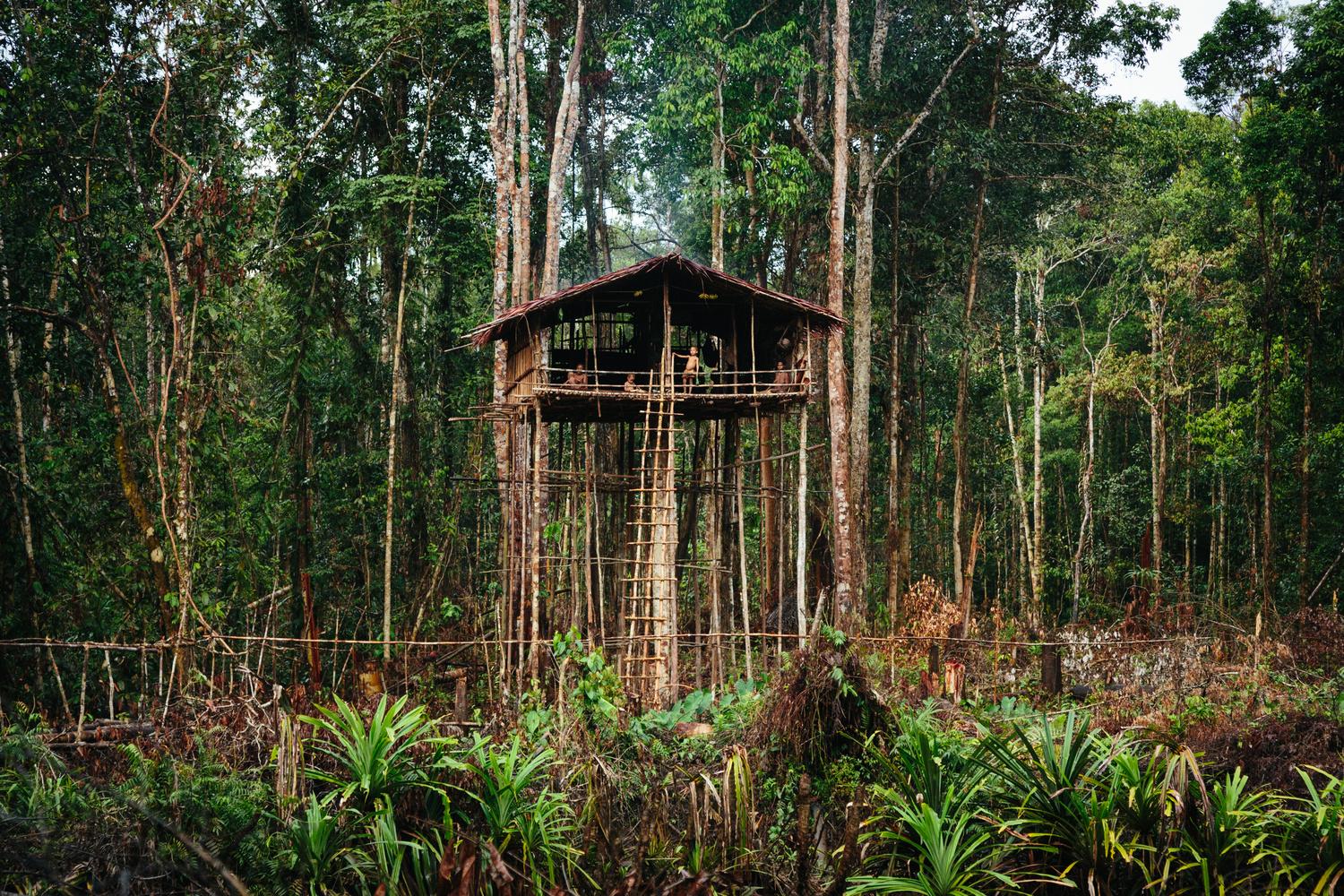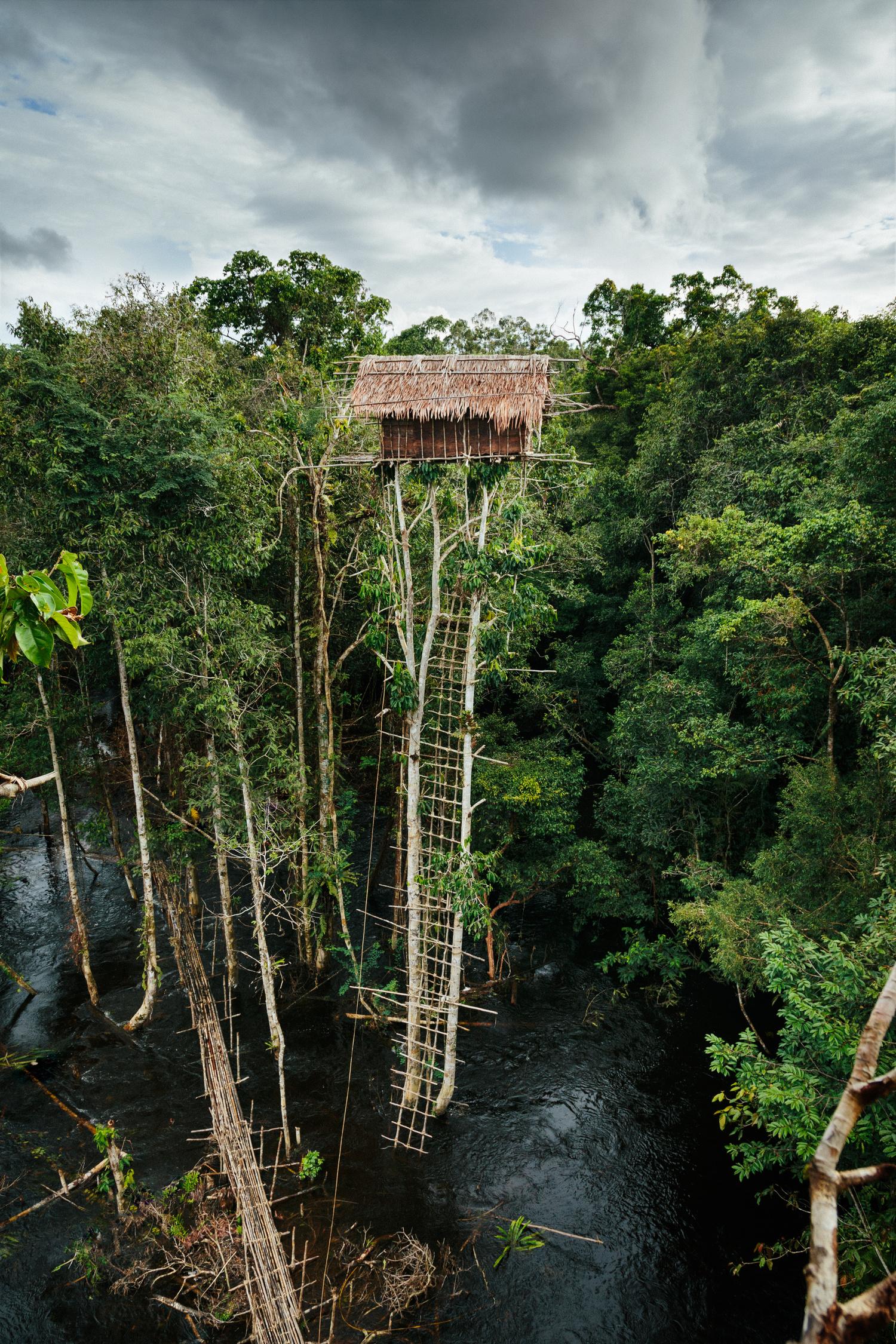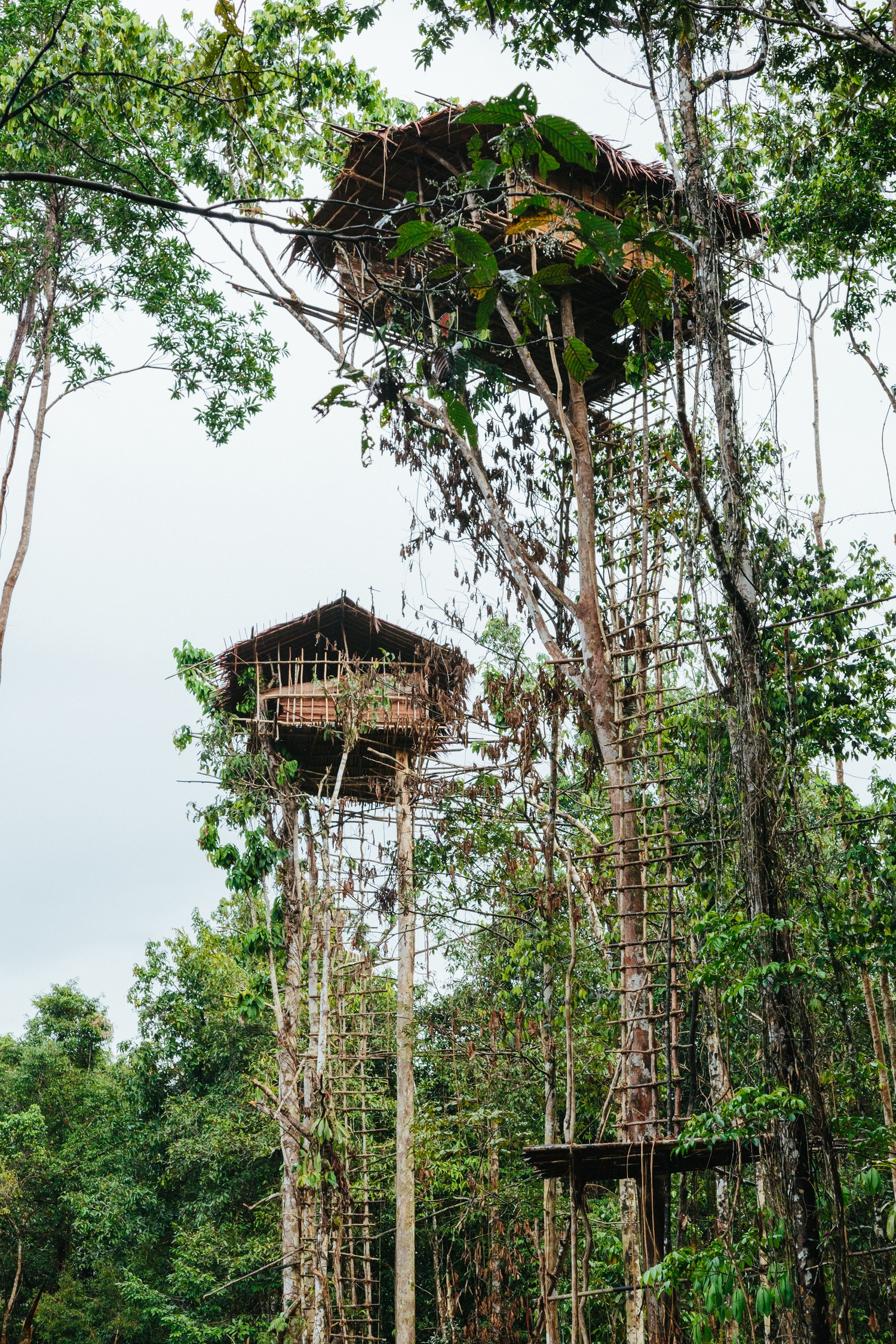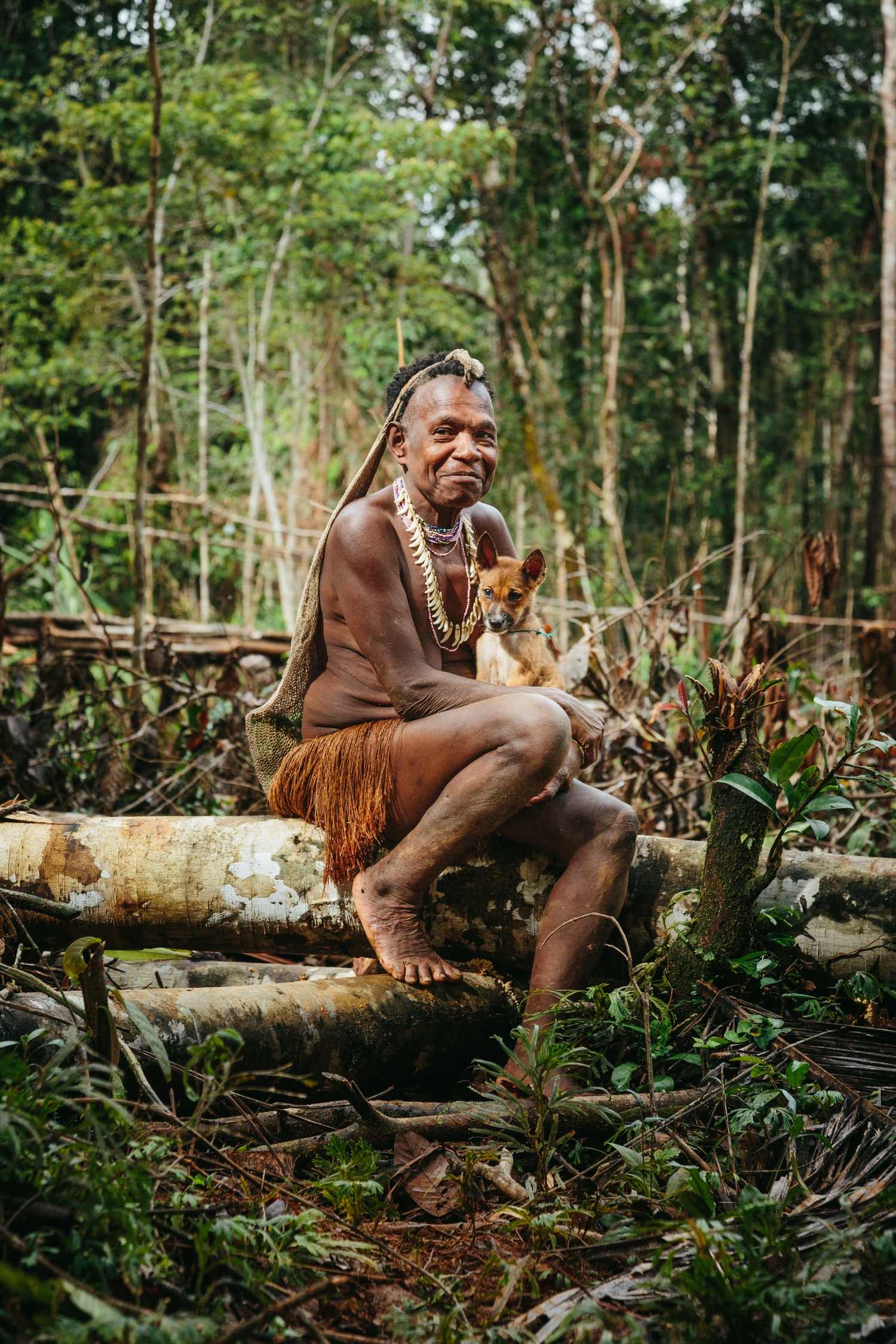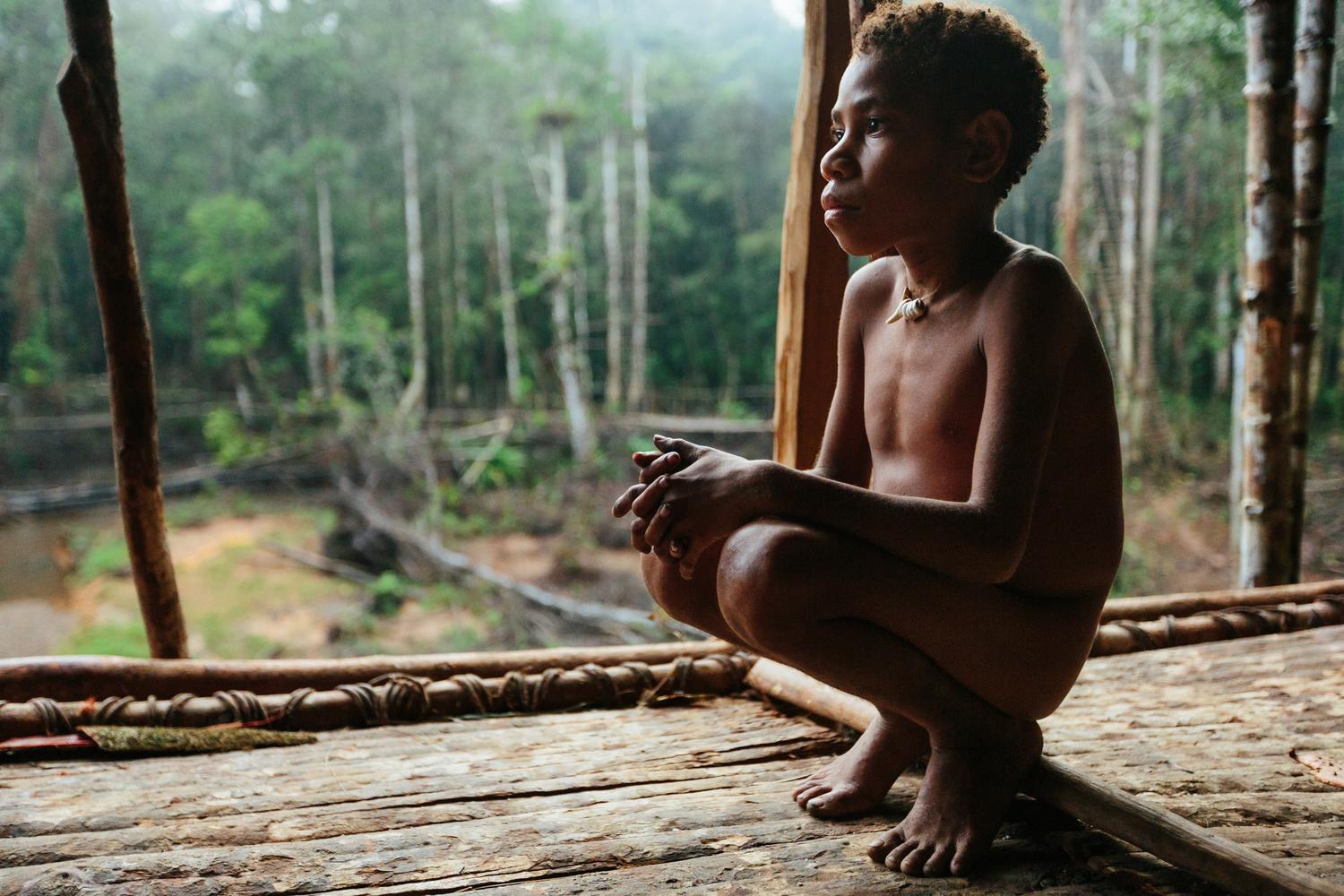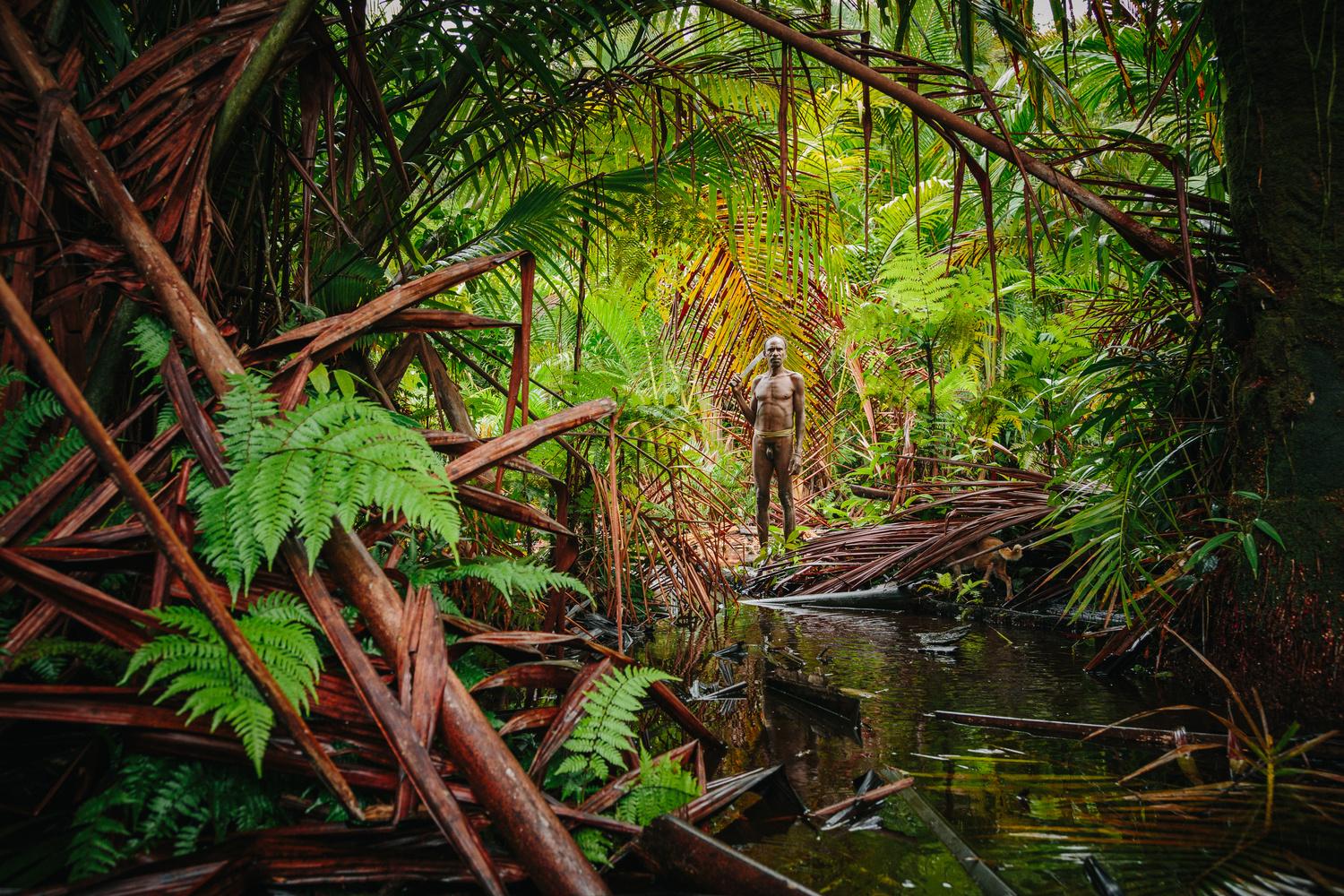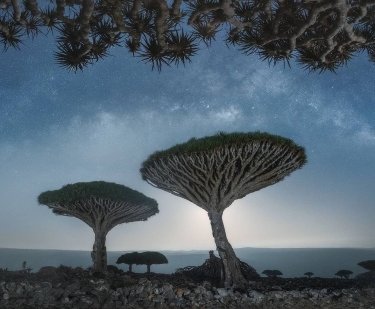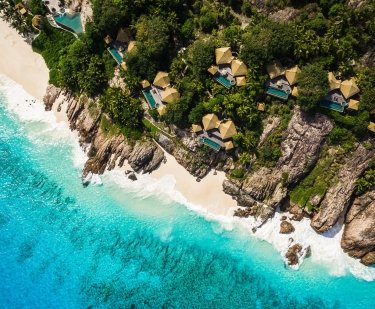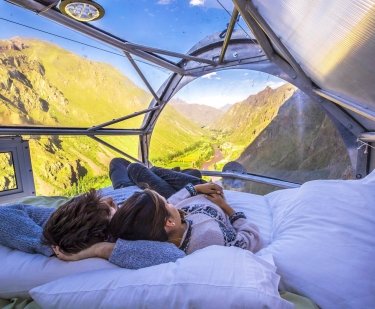The semi-nomadic Korowai Tribe has a detailed history that dates back centuries.
However, there are even more reasons why this tribe, which historically inhabitants the jungle of Papau, garners so much attention. For hundreds of years, this tribe has lived a truly self-sufficient existence, however, the tribe may be on the precipice of major change. As the impact of our modern culture creeps in, and the Indonesian government expands their reach, the Korowai Tribe may face changes that completely uproot their existence. For now, the Korowai Tribe and other tribes that live deep in the jungle are left alone under Indonesian law, although recent changes have threatened that peace. For the time being, the tribes continue to live the way they have for centuries—high up in the trees.

